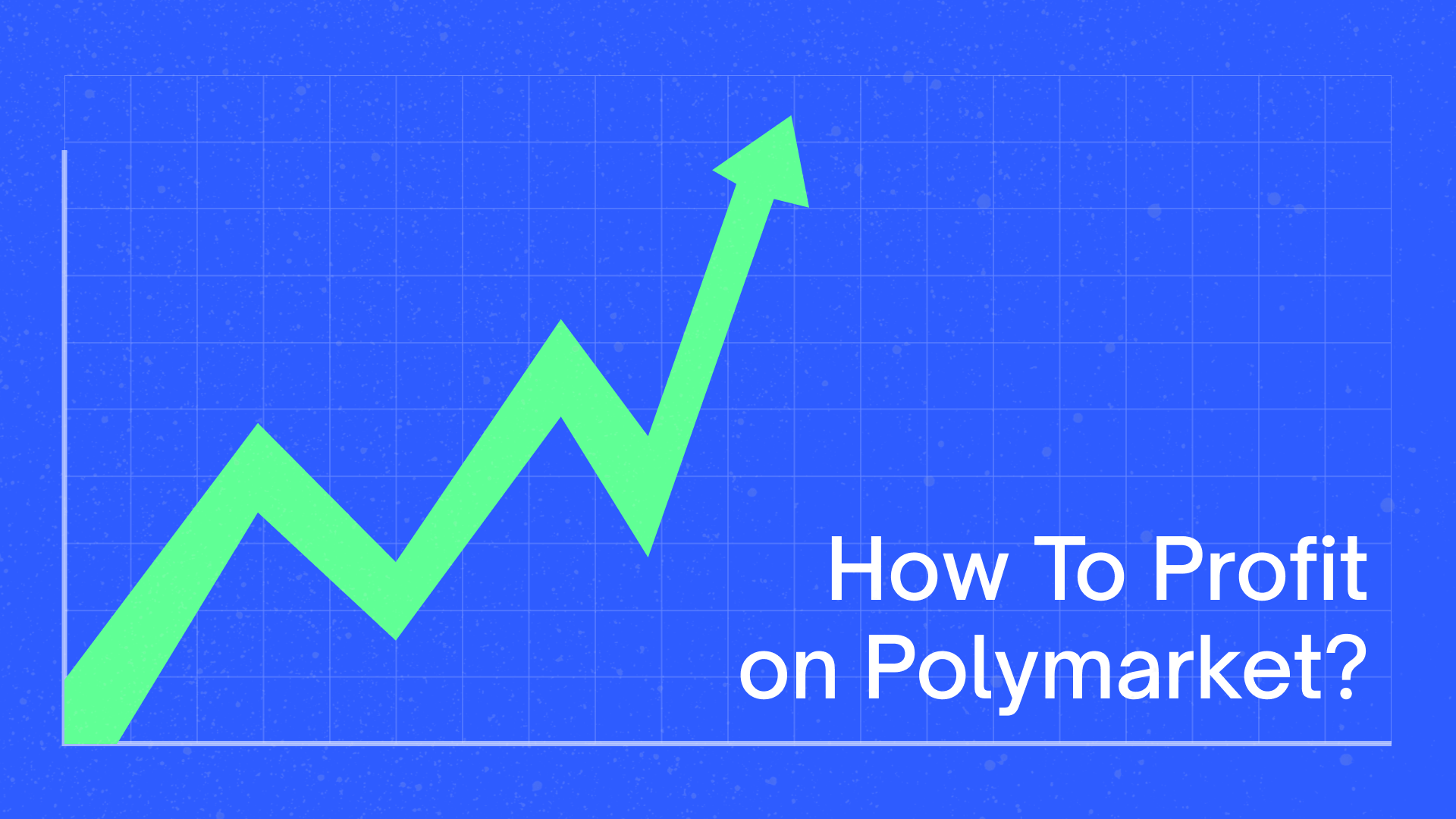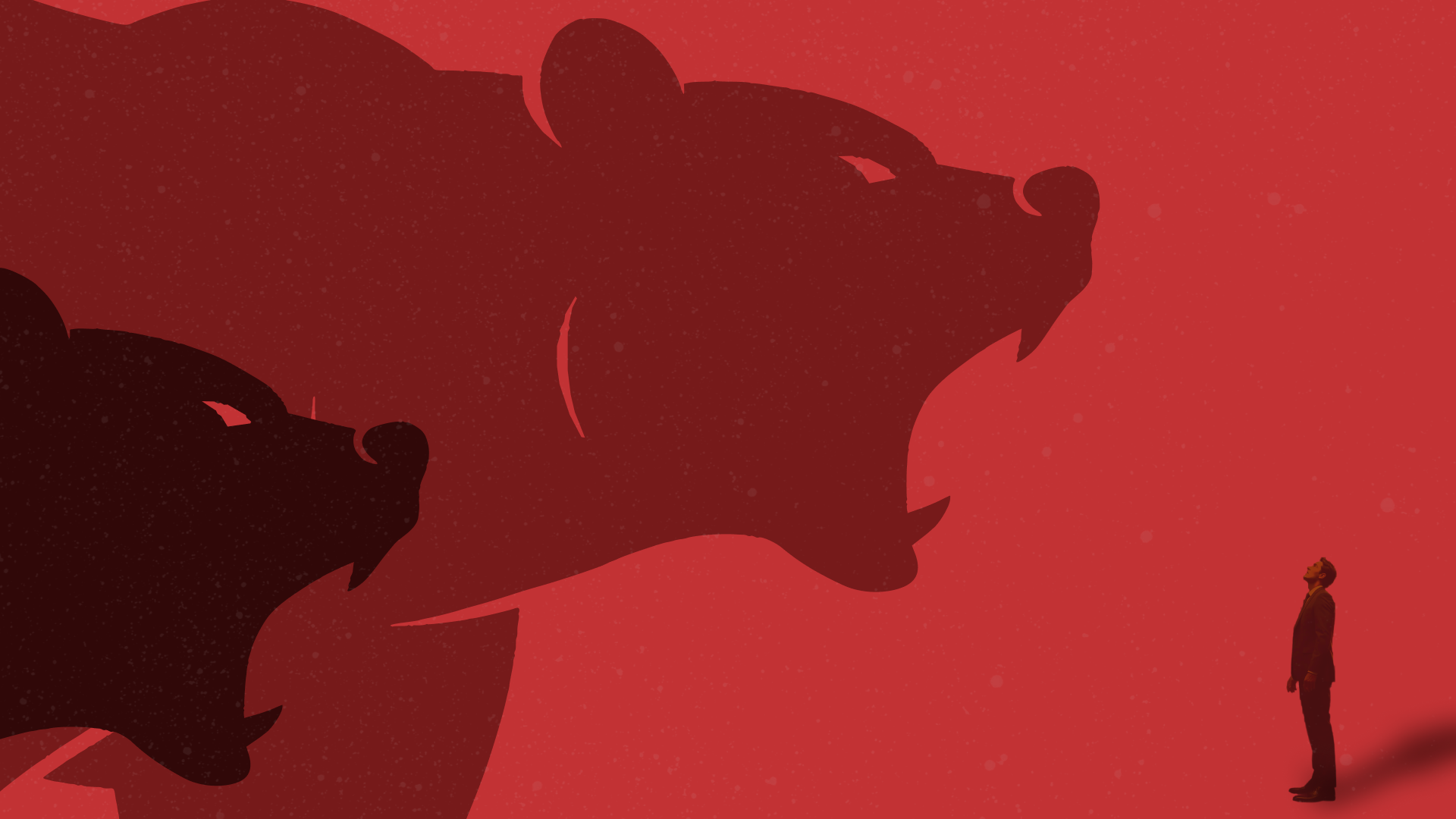Intro
Insurance is one of the oldest financial products around. At its core it pools risk, smooths out volatility, and makes sure no single event ruins someone’s life or balance sheet. But once you work inside the industry you realize how much of the business model just comes down to math, incentives, and timing.
I’ve spent my career as a healthcare actuary, so I’ll start there. In health insurance one of the main regulatory guardrails is the medical loss ratio (MLR), usually set at ~85%. Put simply, they’re buying your dollars for 85¢. On average for every $1 of premium you pay, the insurer is paying out about 85¢ in medical claims. The other 15¢ covers admin costs, reserves, and profit.
Reserves play a huge role here. Premiums come in monthly but claims lag weeks or months. That gap means insurers are holding billions in reserves they can invest before paying out. Even a few percentage points of yield on those balances turns into serious profits. In today’s prediction markets you see parallels. Fortunately, unlike traditional insurers who keep that float, prediction markets actually share some of that yield with participants. Polymarket offers 4% on select longer-duration markets. That yield-on-float dynamic is one of the hidden engines of the insurance business.
Loss Ratios Across Insurance
Other types of insurance run on the same mechanics but with different average loss ratios. Auto insurance is usually closer to 70–75%. Property and casualty often land in that range as well depending on natural disaster exposure. Life insurance is even lower when measured this way because payouts stretch so far into the future. Across the board insurers are balancing expected value with timing advantage.
Tail Risk And Reinsurance
Then there’s tail risk insurance. This is where things get extreme. Think of catastrophic earthquake coverage in California, hurricane reinsurance in Florida, or terrorism risk pools set up after 9/11. These products protect against events that are rare but devastating. Pricing them is messy because the historical data is thin and the losses can wipe out entire balance sheets. That’s why insurers often offload these exposures into reinsurance markets or spread them across global pools of capital.
Where Prediction Markets Fit
This is where prediction markets start to look interesting. At first glance they seem like entertainment or speculation, but in reality they are also tools for pricing uncertainty. Instead of handing insurers your $1 and getting 70–85¢ back on average, what if retail participants could choose to take on more of that risk themselves? Prediction markets let individuals decide how much tail risk they want to hold. They allow for transparent odds, real-time repricing, and potentially fairer expected value than the packaged products insurers sell.
Risk, Timing, And The Future
Insurance monetizes volatility by pooling and smoothing. Prediction markets monetize volatility by surfacing and trading it. Both rely on capital today against uncertain futures. The difference is that prediction markets open the door for anyone to step into the role of risk-taker, not just large institutions. If you want to take the other side of a catastrophe contract, you can. If you believe inflation will run hot and want to hedge it, you can.
Insurance taught me how much money is made by managing timing and uncertainty. Prediction markets could be the next frontier for turning that into a product accessible to everyone who wants to not just offload risk, but sometimes embrace it.








 Aaron
Aaron



